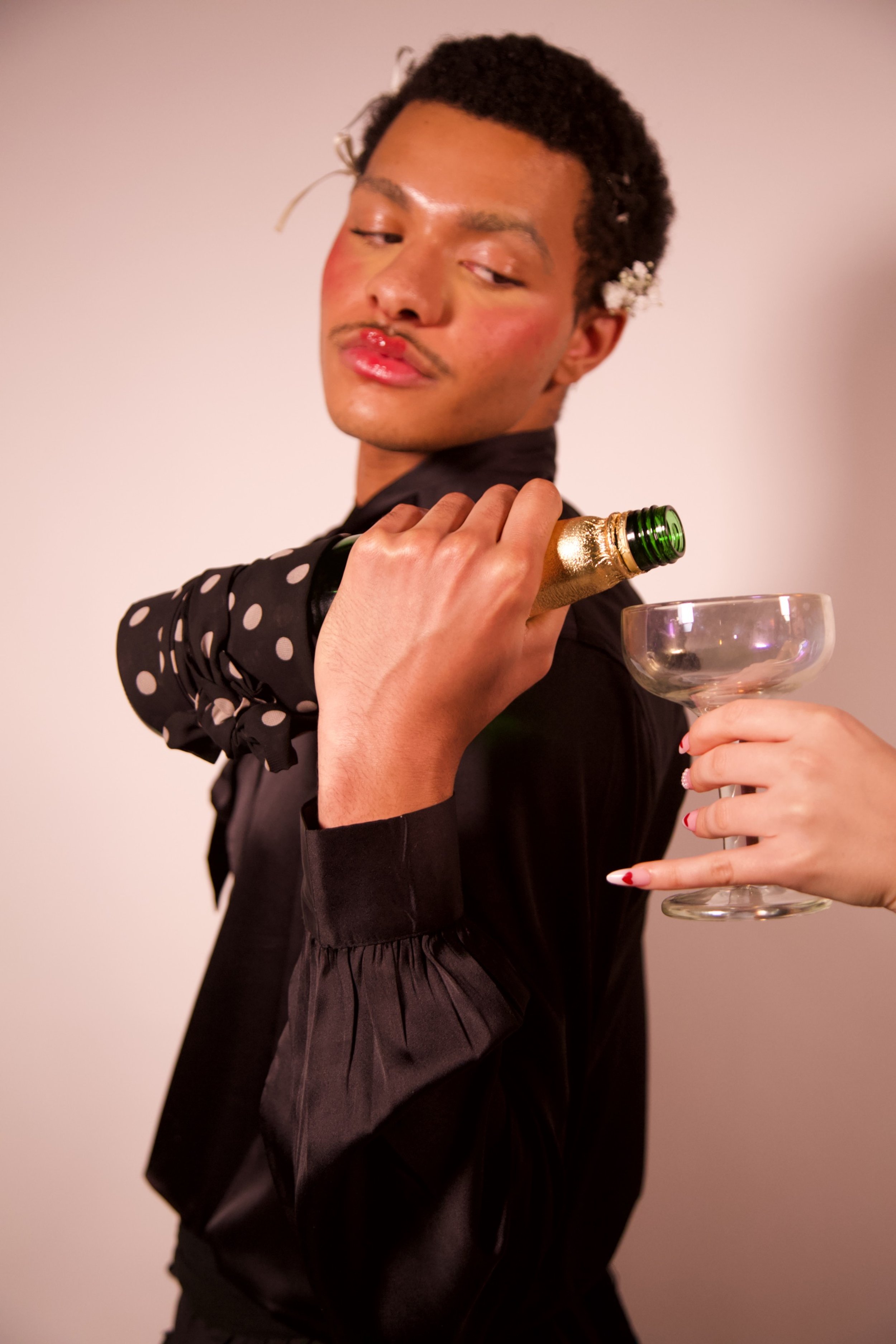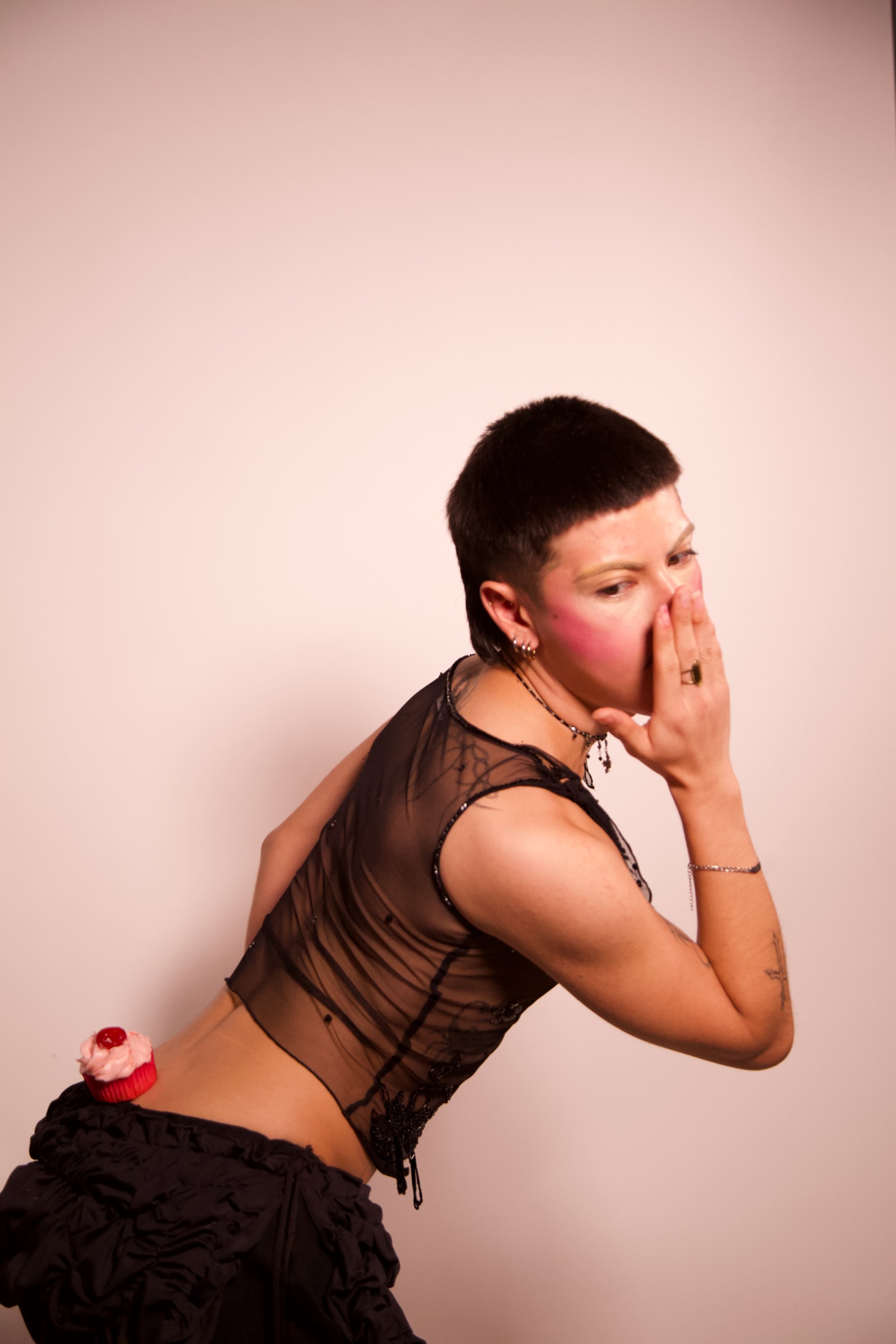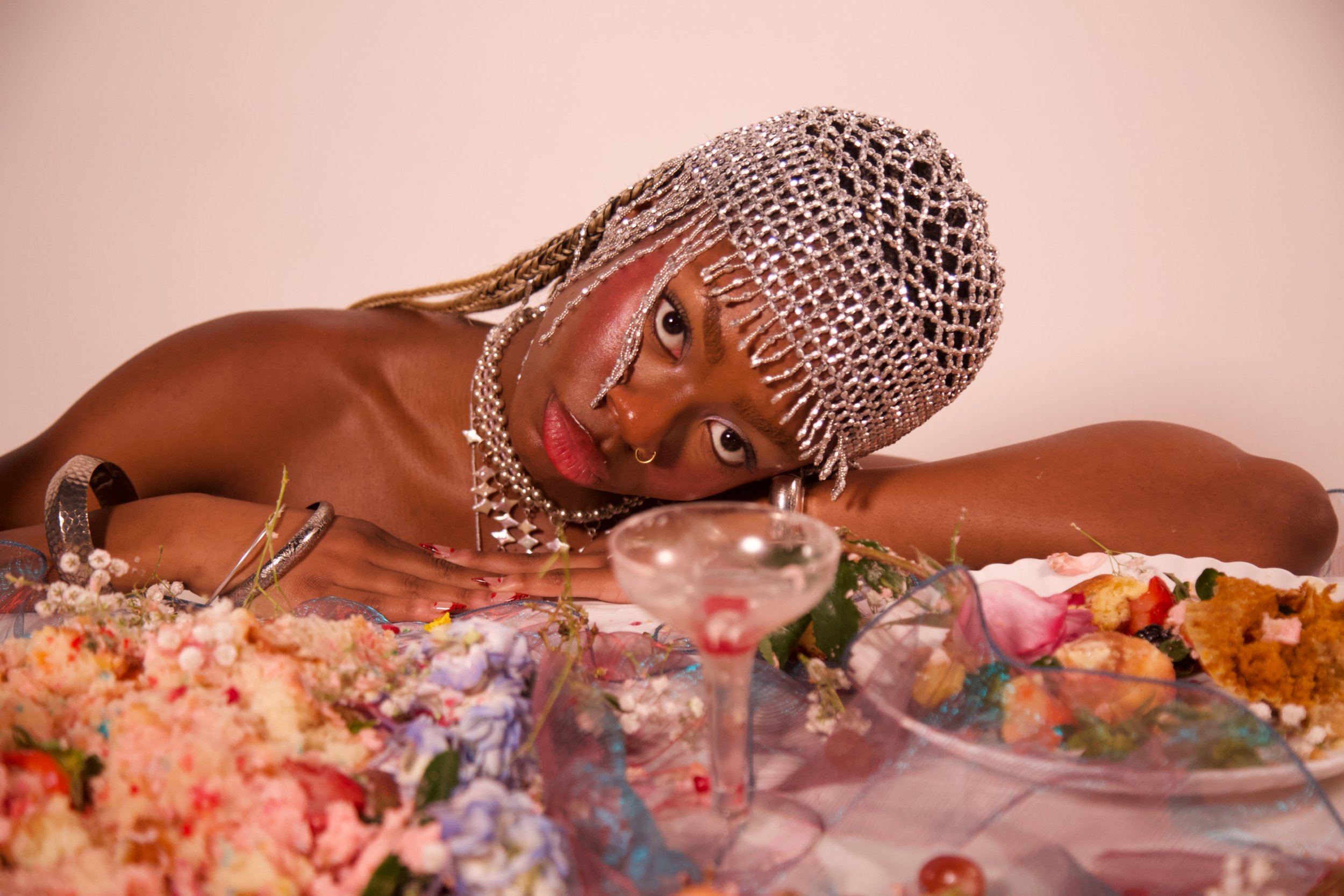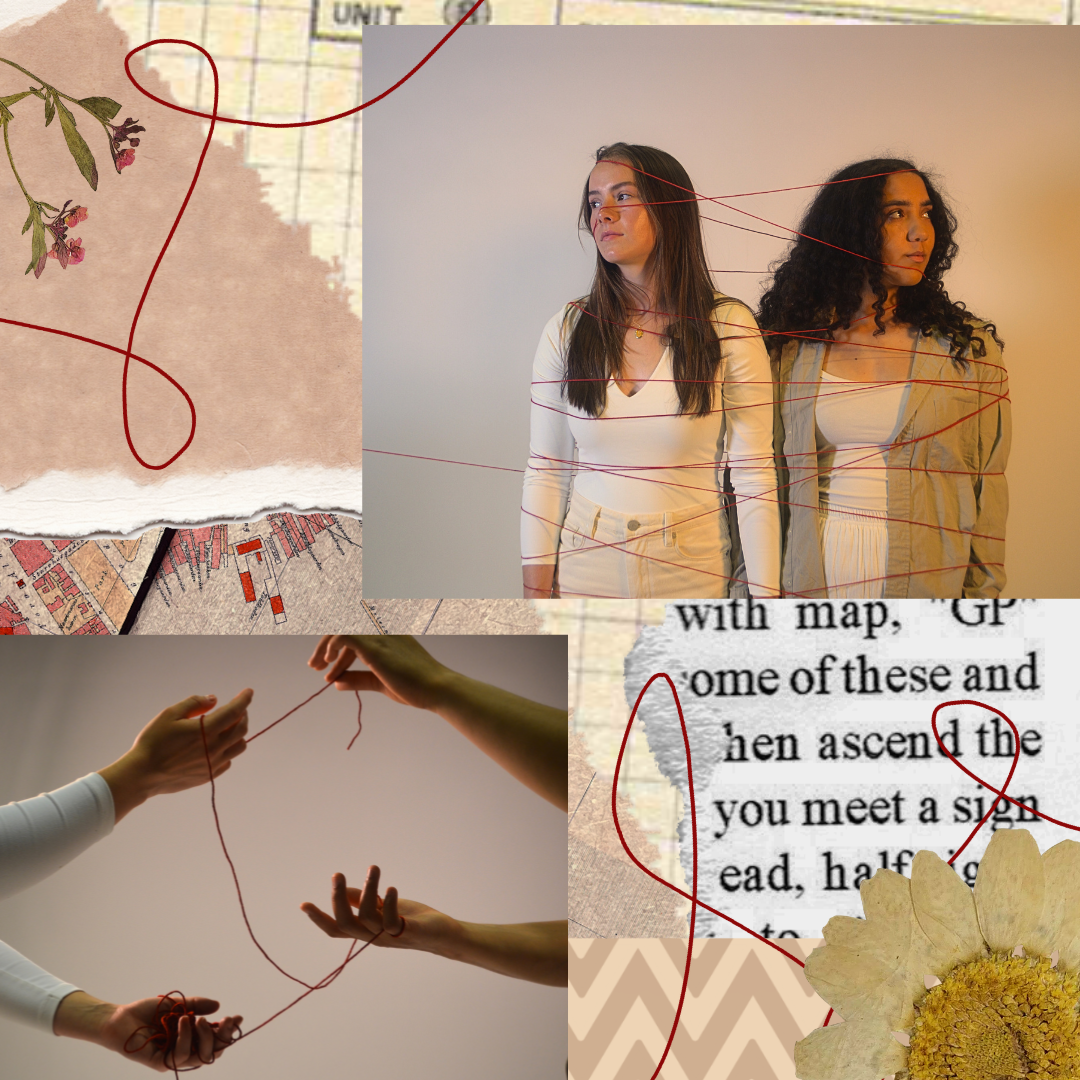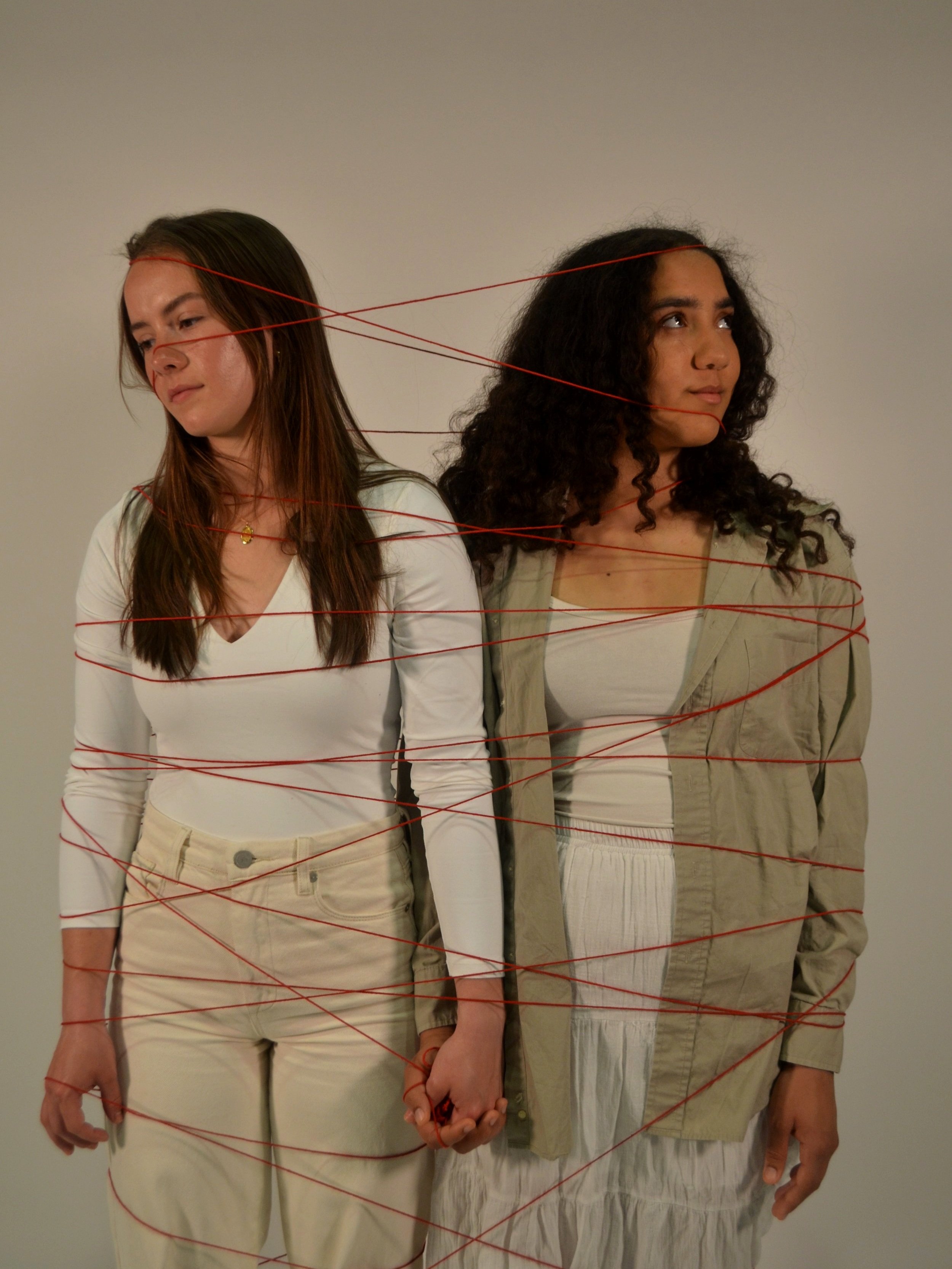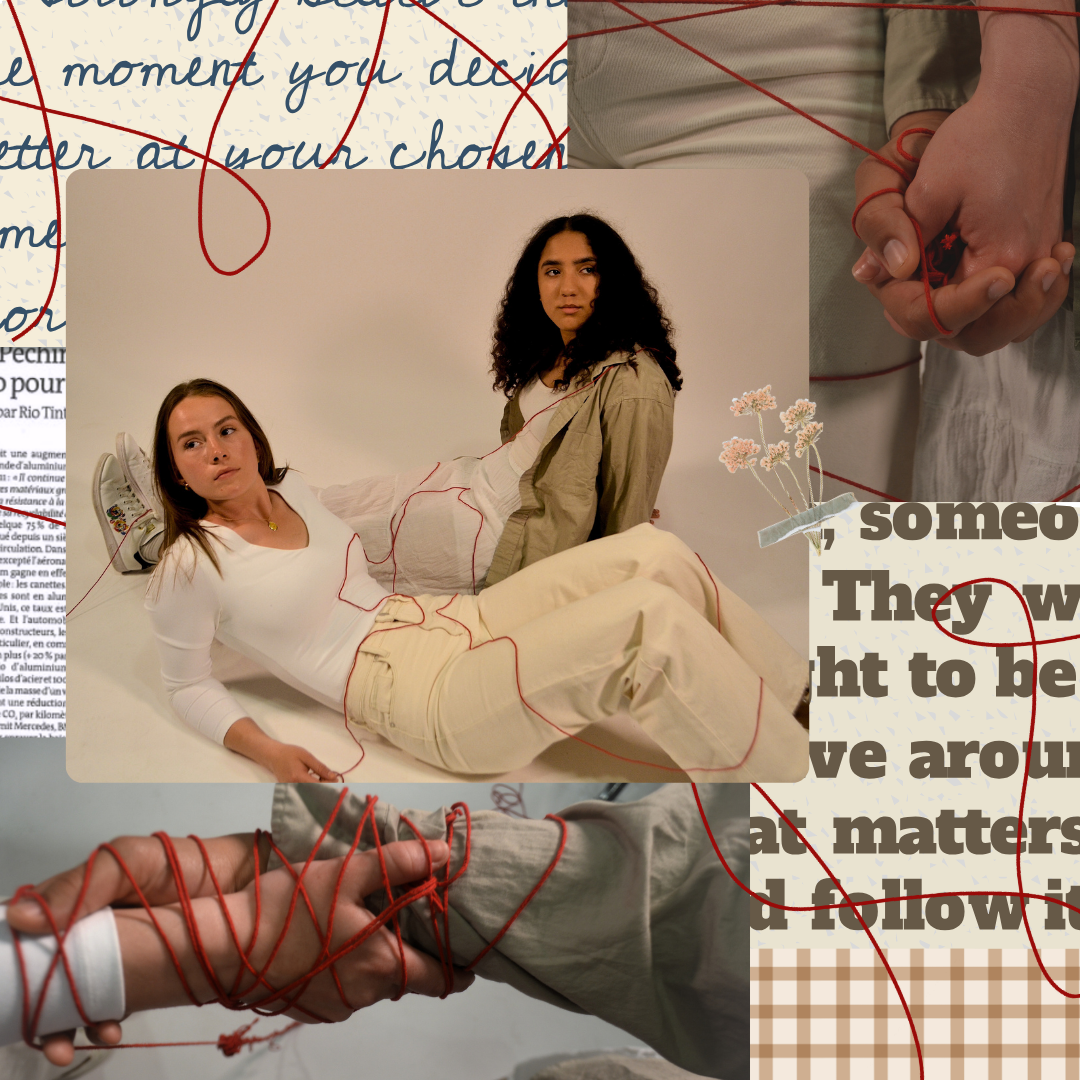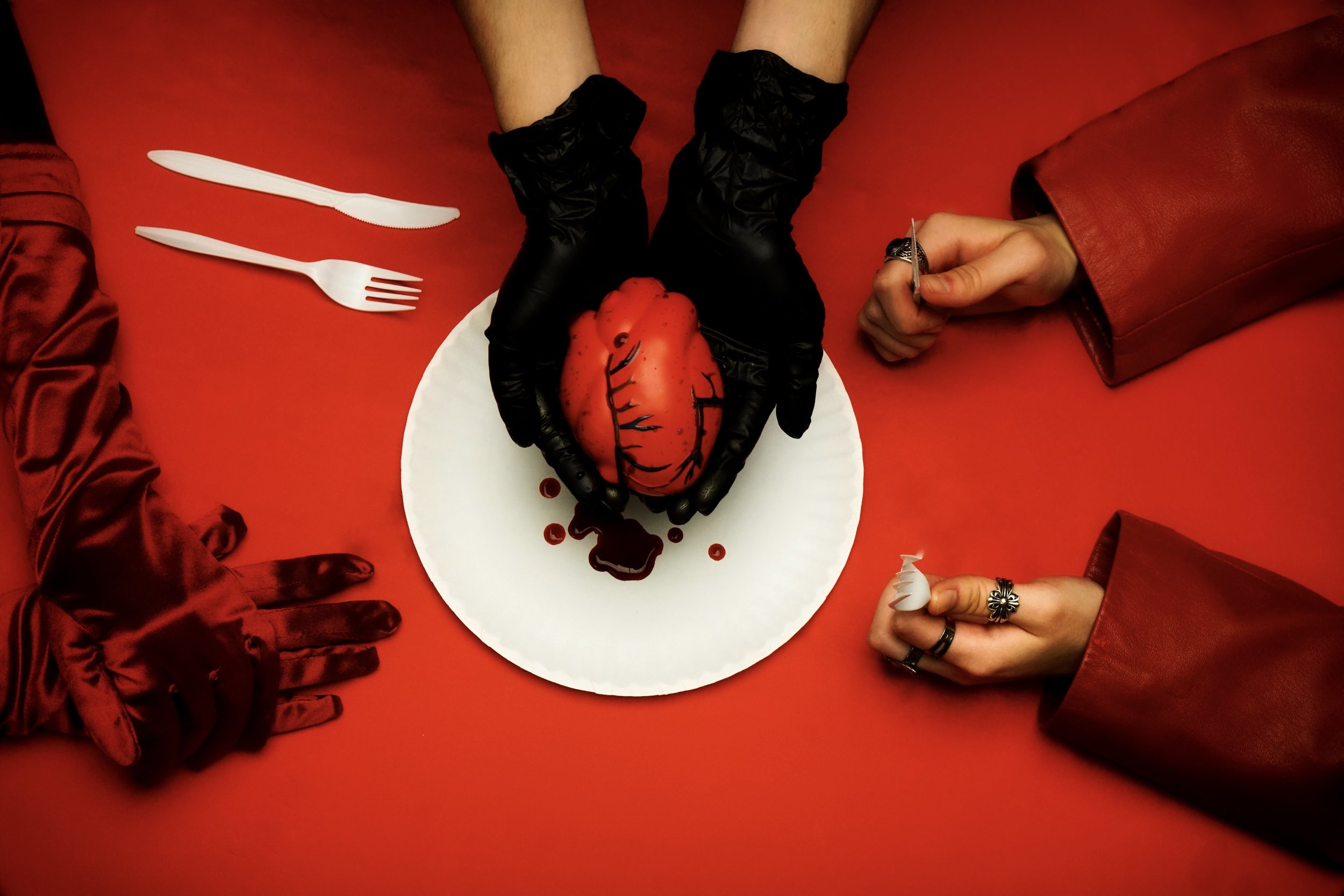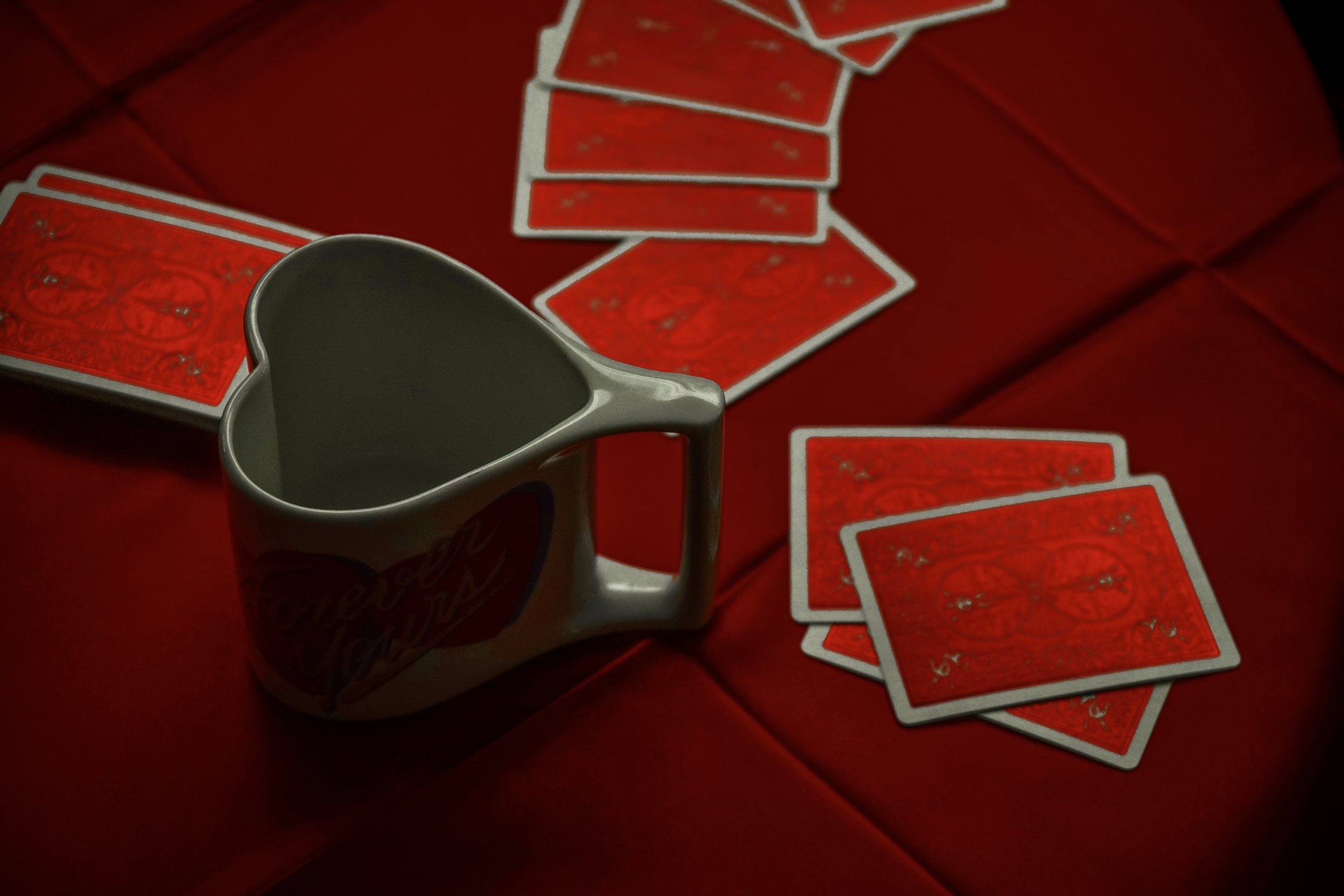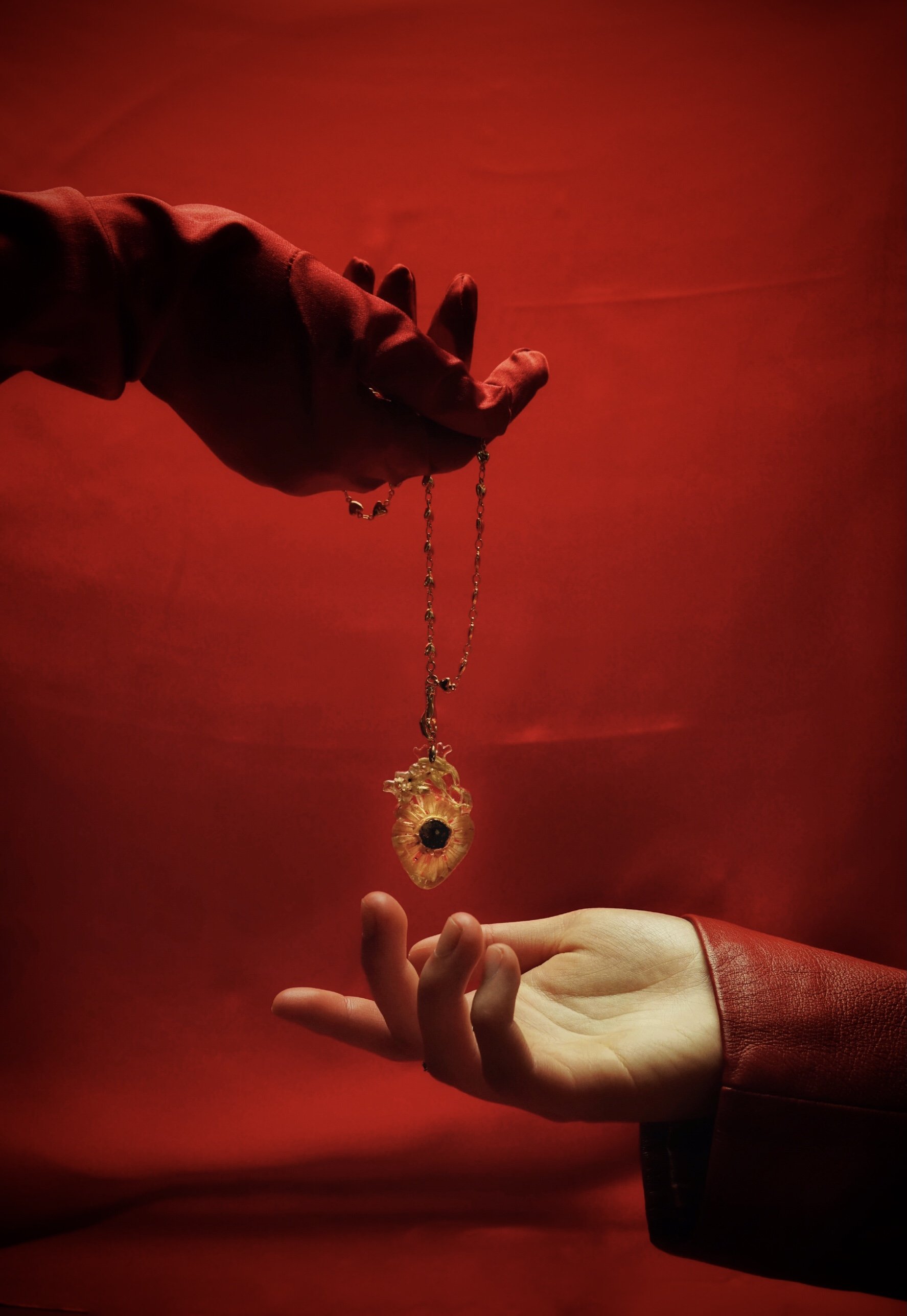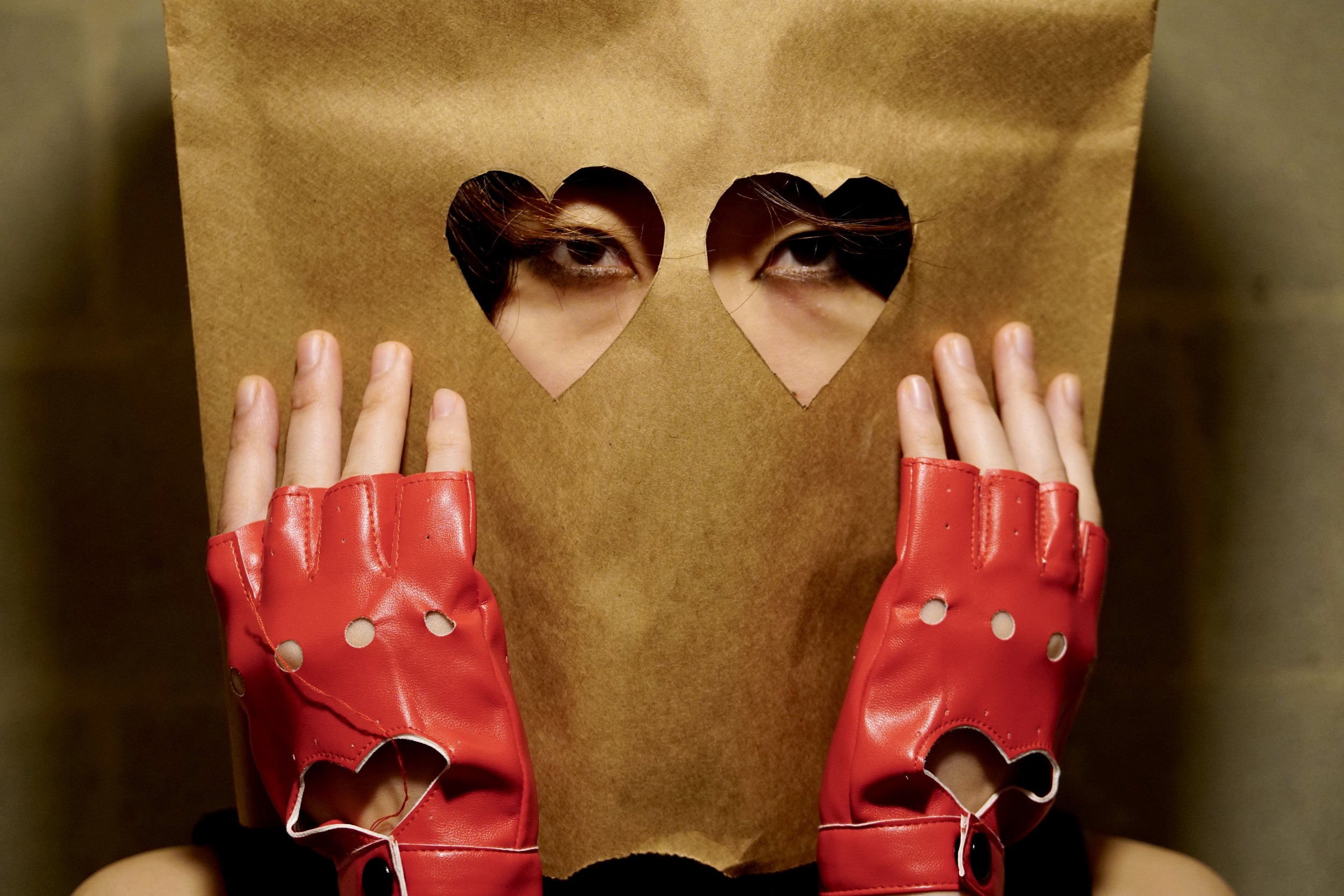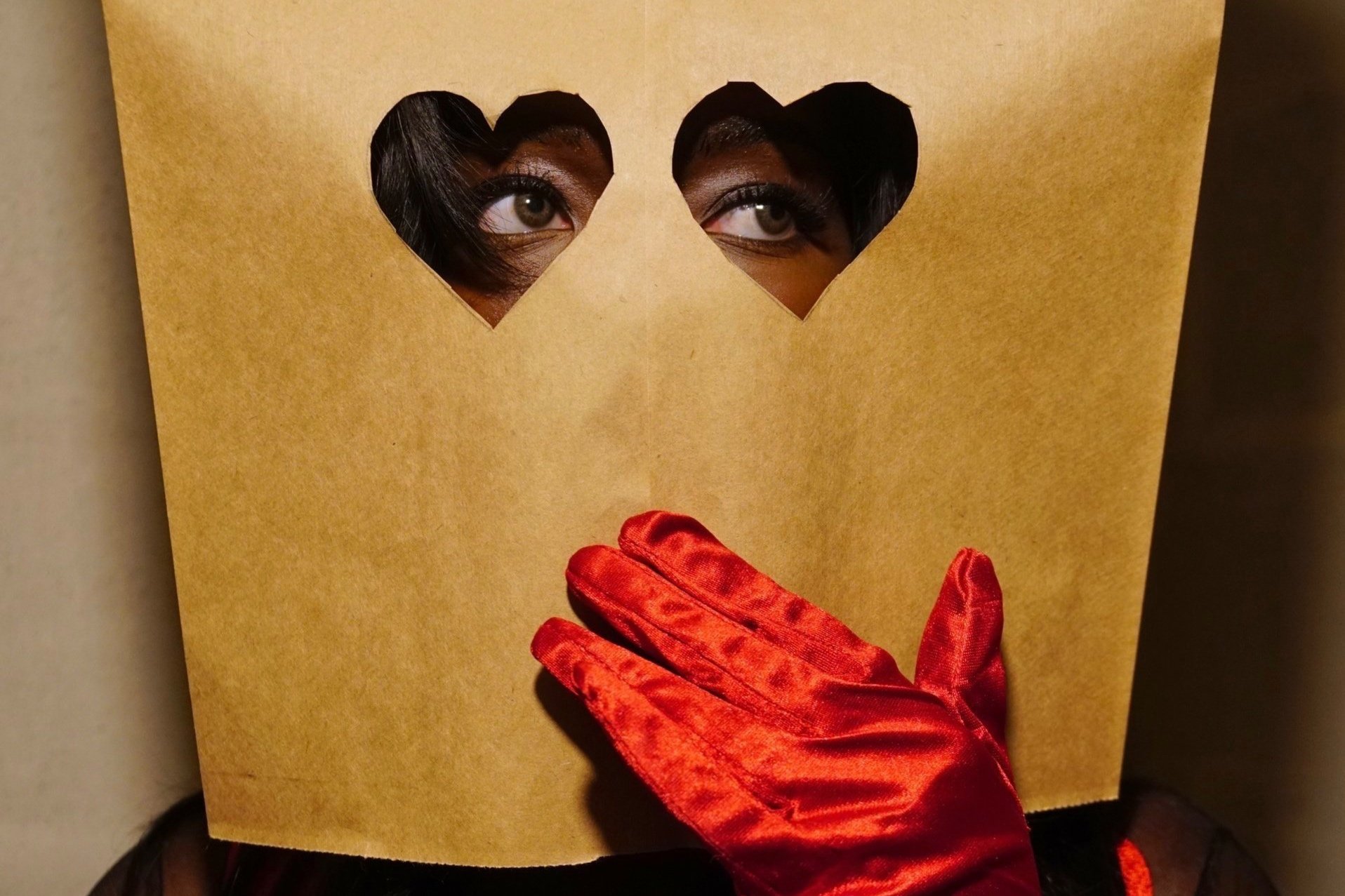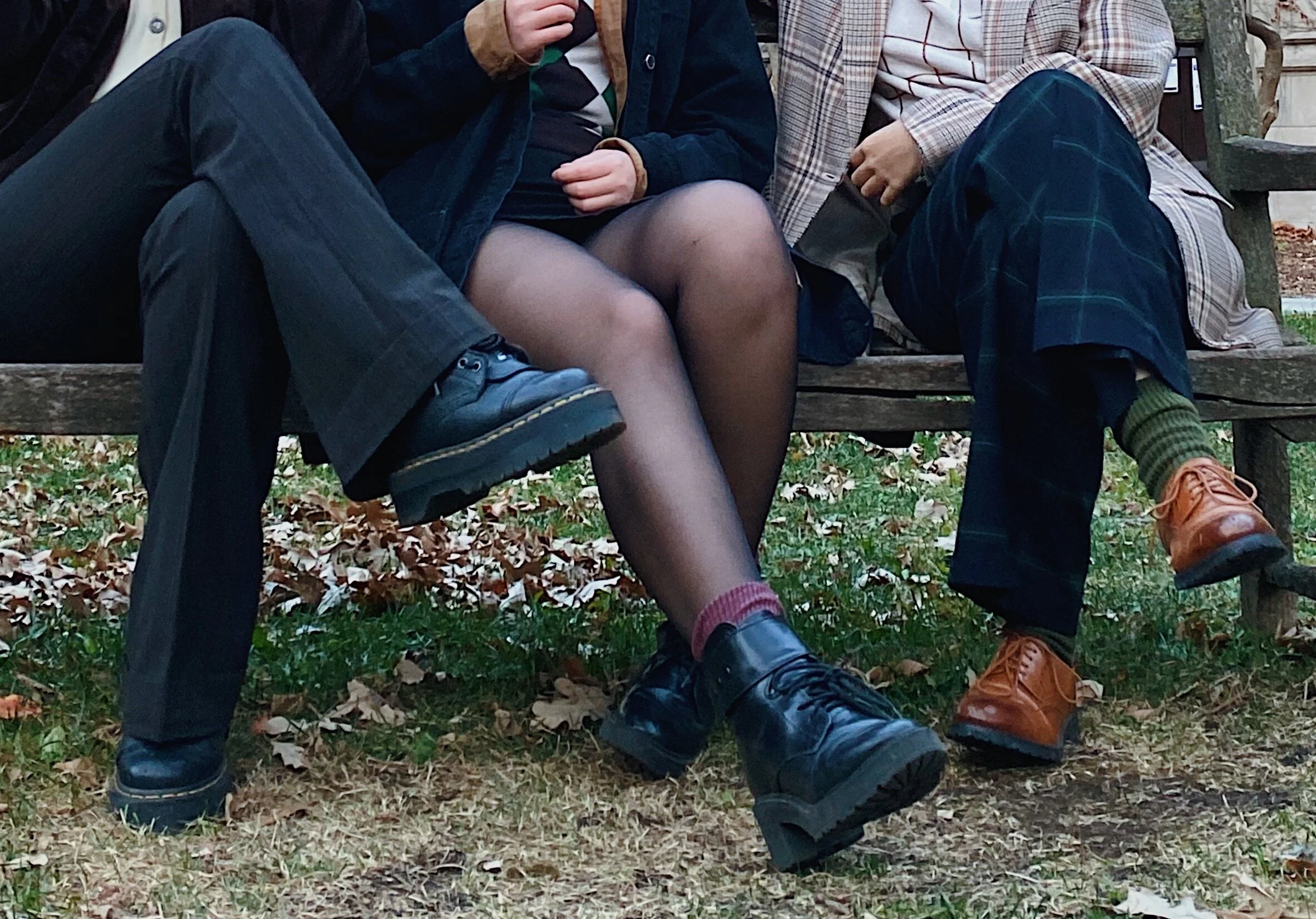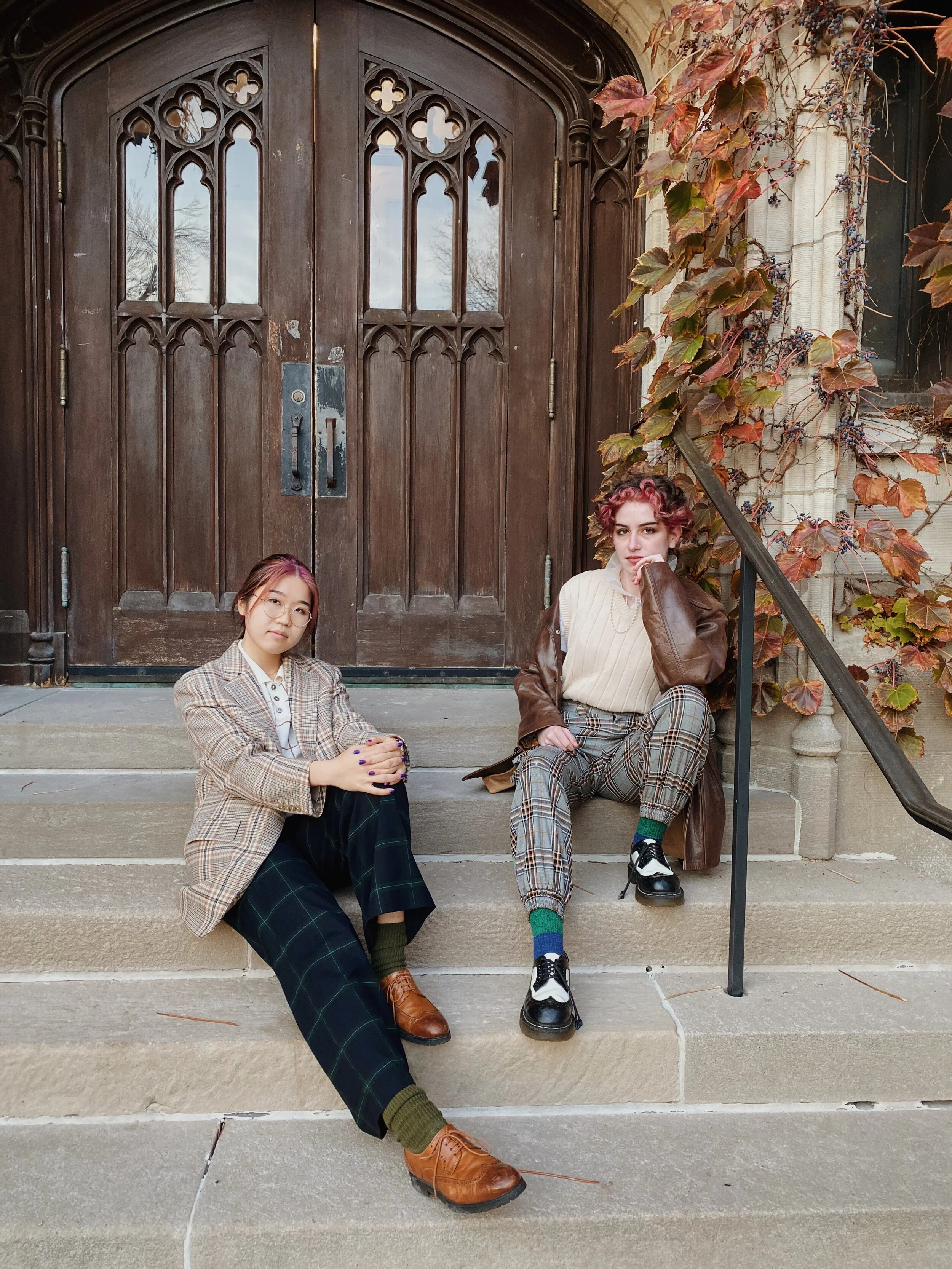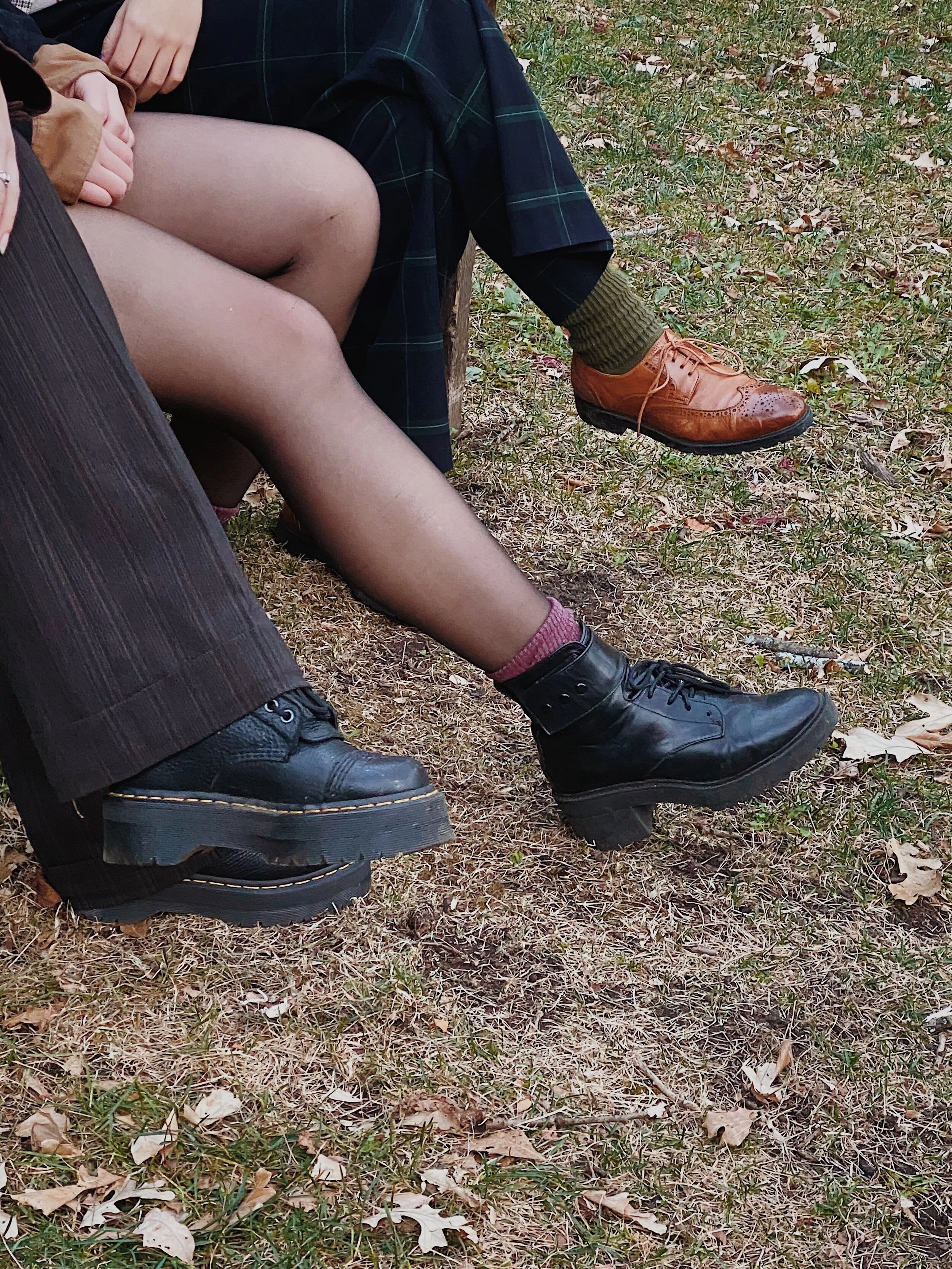So for me, that’s why it matters— comfort. I think it’s just nice to think about the people in my life as a part of a makeshift web that follows me, present and connected. Just a single thread’s tug away, whenever I may need them, or they may need me. It’s also just interesting to think about when you truly met someone for the first time.
For example, the other day I had a friend over for dinner.
We had only met about four, maybe five months prior— I had never heard of her, and could not recall ever having seen her around before we had initially met. It was during a school program, of course, where all great relationships originate. We were eating shrimp pasta and sipping red wine, talking about our interests, our ambitions. She said she was a screenwriter. I tell her I am an artistic director, a producer, an editor. I ask her if she’s worked with the school’s film organization. She smiles. She says yes.
We realized that we had sat right next to each other— her right behind me— for six separate club meetings and a premiere over a year and a half prior. And this wasn’t some massive consulting club. We had definitely bumped into each other at those meetings, but one had just never perceived the other. Us connecting during that program was the unification of our thread. We were finally meant to meet.
In a way, this myth is just another way to say: “small world”, or even “everything happens for a reason”. That the people in your life are there for a purpose, coming and going as they are meant to in order to serve you best throughout the grand span of your lifetime. It kind of circles back to the idea that you are a “mosaic” of everyone you have ever met:
Your childhood best friend you always mimicked, whose favorite color is still yours. The permanent scar on your knee from when your family friends taught you to skateboard; they got divorced and moved away soon after, you haven’t spoken to them since. Despite being twenty years old you still tie your shoes the way your kindergarten teacher taught you— two bunny ears, wrapping around each other each other in a dance, into a bow. Using semicolons more often than you should, because your sixth grade English teacher loved them, and you loved her.
While the traditional mythology is typically associated with romantic soulmates, I like to think it extends past this. All of the people you have met and have stayed, did so for a reason— they all share an invisible thread with you, and you with them.
Anyways, regardless of the theory’s, the myth’s, validity, I encourage you to take a look at your own little *web of important people* in your life. Because you never know where your invisible strings, or red threads, may connect.

